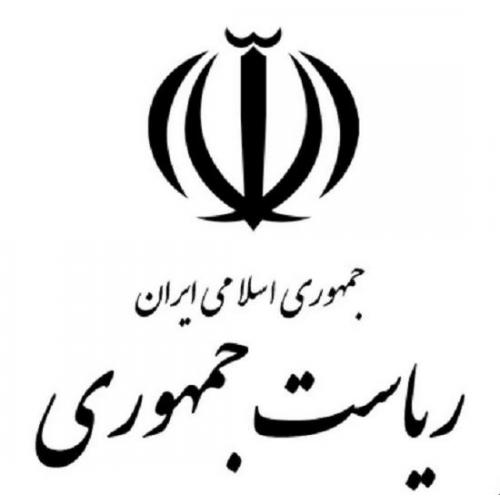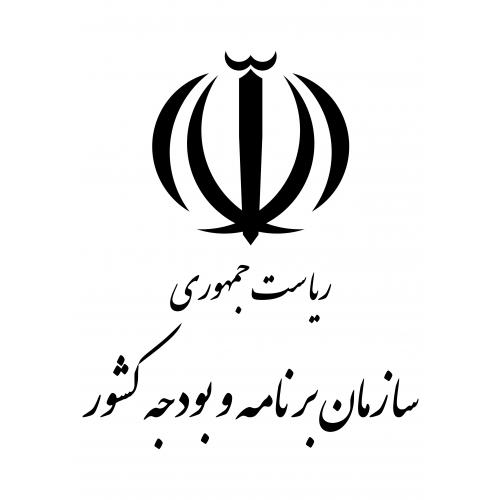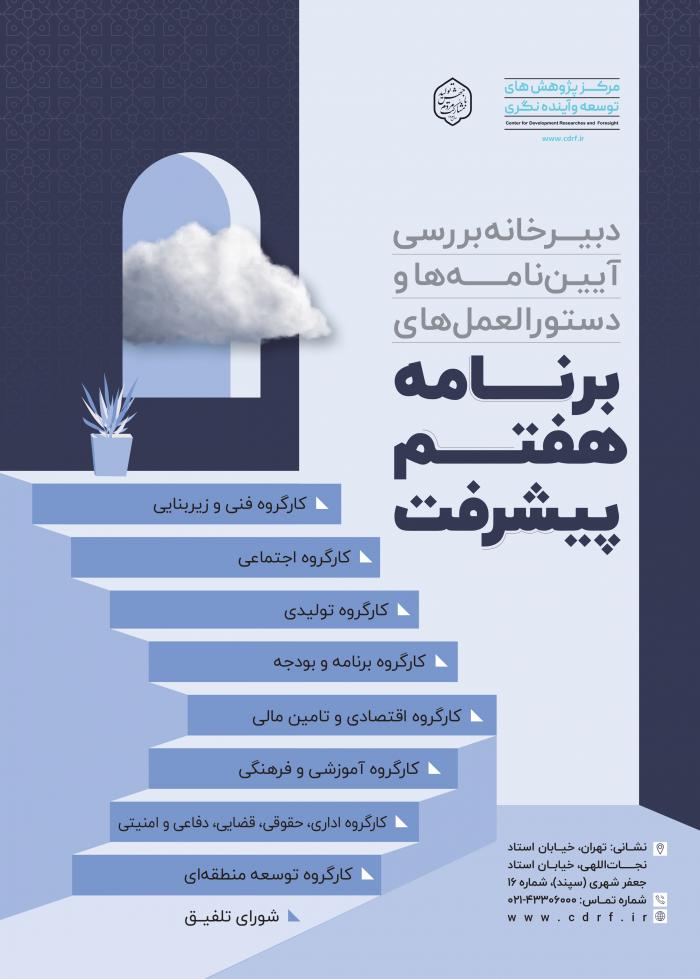
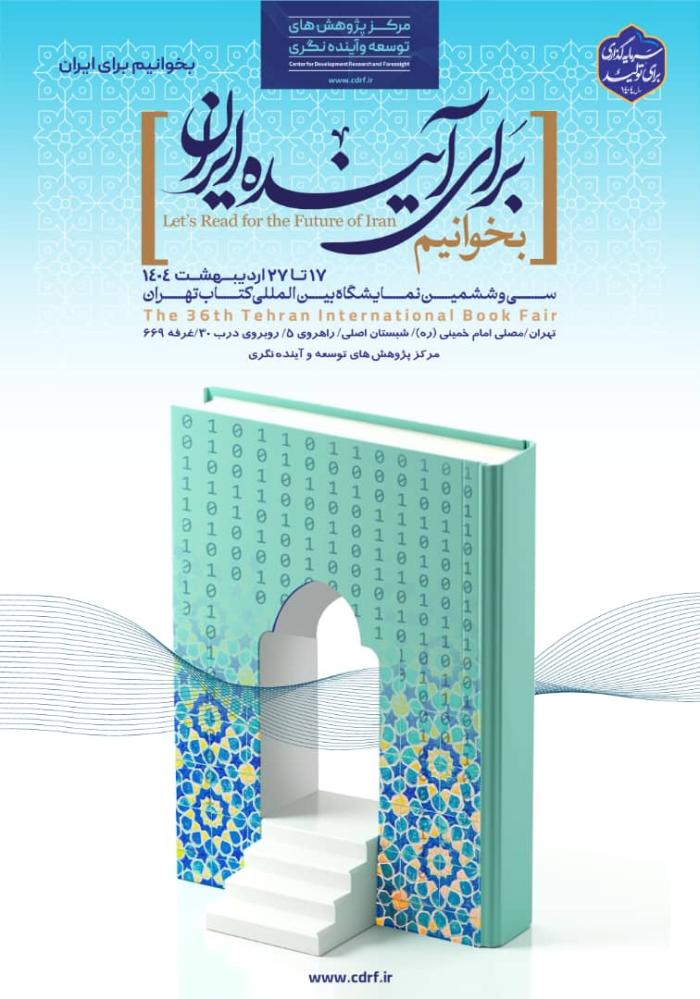
-
بررسی آییننامهها و دستورالعملهای برنامه هفتم پیشرفت
-
بررسی عوامل موثر بر افزایش تصادفات و تلفات جادهای و سوانح رانندگی و دادهکاوی تلفات انسانی
-
سازماندهی و بازآرایی فضایی آموزش عالی کشور
-
به روز رسانی سند ملی آمایش سرزمین
-
انجام مطالعات مناطق آزاد به عنوان نواحی پیشران اقتصادی کشور
-
اصلاح ساختار بودجه و پیاده سازی نظام یکپارچه مدیریت اطلاعات مالی دولت (IFMIS)
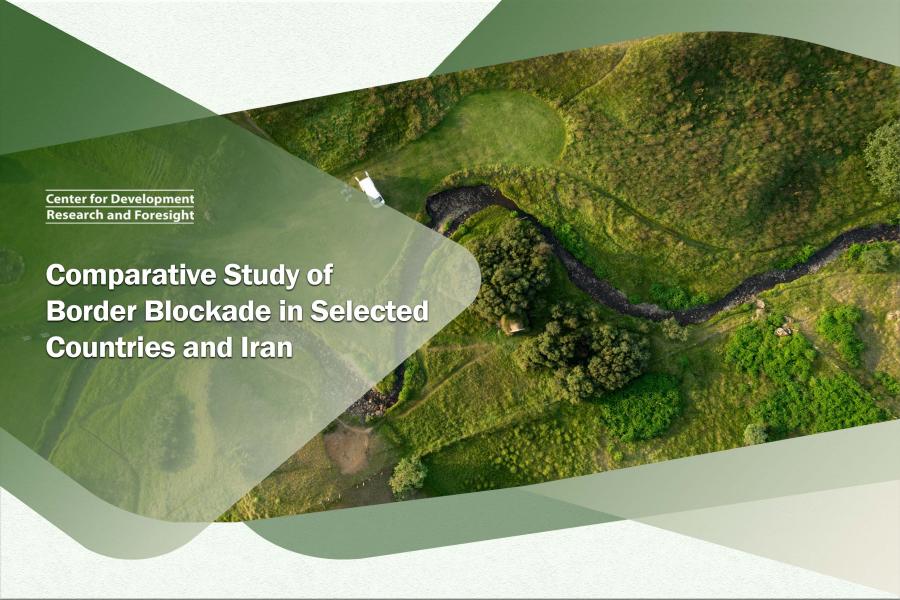
Managing borders effectively is crucial for many countries, including Iran, which shares land and sea borders with fifteen neighboring countries. Iran's extensive border network makes it one of the most interconnected nations. Half of Iran's provinces are border regions, each with its own distinctive characteristics. Various theories seek to explain the complex relationship between security and development. Some theories advocate for a unified approach, emphasizing the complementary nature of security and development. Conversely, other theories prioritize one over the other, viewing them as separate concepts. Iran's border management experience indicates a preference for prioritizing security over development in border management plans, including border blockade strategies. Since the Islamic Revolution, border management has been a central focus, leading to the implementation of various strategies. Border blockade plans, like any strategy, have gradually influenced the development of border regions, becoming increasingly intertwined with these areas. The "border blockade" plan aims to regulate and organize border activities, not entirely close them. This requires establishing appropriate infrastructure and empowering local communities with border security responsibilities. The plan has been implemented in some areas using physical barriers like walls, canals, embankments, barbed wire, and border towers. Implementing this plan and managing its economic impacts on Iran and border regions presents various challenges. Successful implementation of border blockade plans, with the necessary infrastructure, can lead to organized trade and commerce in border areas and increased utilization of their advantages with international partners. However, it can threaten the local and small-scale economy of border regions, which is crucial for residents' livelihoods. Finding a framework that views border blockades as catalysts for national trade, commerce, and transit, as well as local development in Iran's border regions, is essential for implementing these plans. This report seeks to identify patterns and concepts that minimize the negative effects of border blockades by drawing on relevant border management literature and lessons learned from countries with experience in this field. Furthermore, aligning border blockades with the concept of development can improve the livelihoods of border residents and enhance Iran's position in transit, trade, and commerce.
This report delves into border management and development strategies adopted by countries such as Turkey, the United States, Canada, Mexico, Palestine, and the European Union. These nations have implemented a combination of military and developmental measures to enhance security and economic vitality in their border regions. When well-conceived and coordinated, these measures can create avenues for national and local development.
The report also scrutinizes border blockade plans implemented in certain areas of Iran. The analysis demonstrates that these plans have not been seamlessly integrated with social and economic development programs in the border regions. Literature on this topic suggests that border blockade plans, if not accompanied by suitable developmental interventions, can have detrimental political and security repercussions, potentially escalating conflicts and tensions. Additionally, these plans have adversely affected the livelihoods of border residents. Nevertheless, these plans can contribute to national and local economic development if they are supplemented by enhancements in economic, socio-cultural, physical, and transportation infrastructure, along with constructive diplomatic engagement with neighboring countries and potential trade, commerce, and transit partners.
The report concludes by proposing a framework for integrating development and security considerations into border blockade plans, addressing all aspects of development in these regions. The framework outlines a series of effective strategies to minimize the adverse effects of border blockade plans and maximize their benefits for border region development. These strategies are categorized into six dimensions: 1) trade and business development; 2) transit facilitation; 3) social, cultural, and institutional strengthening; 4) environmental and spatial planning; 5) international and cross-border cooperation; and 6) physical and technological infrastructure enhancement. The ultimate goal of these strategies is to leverage border regions as key drivers for national development, poverty reduction in less developed areas, and sustainable security in the country.

